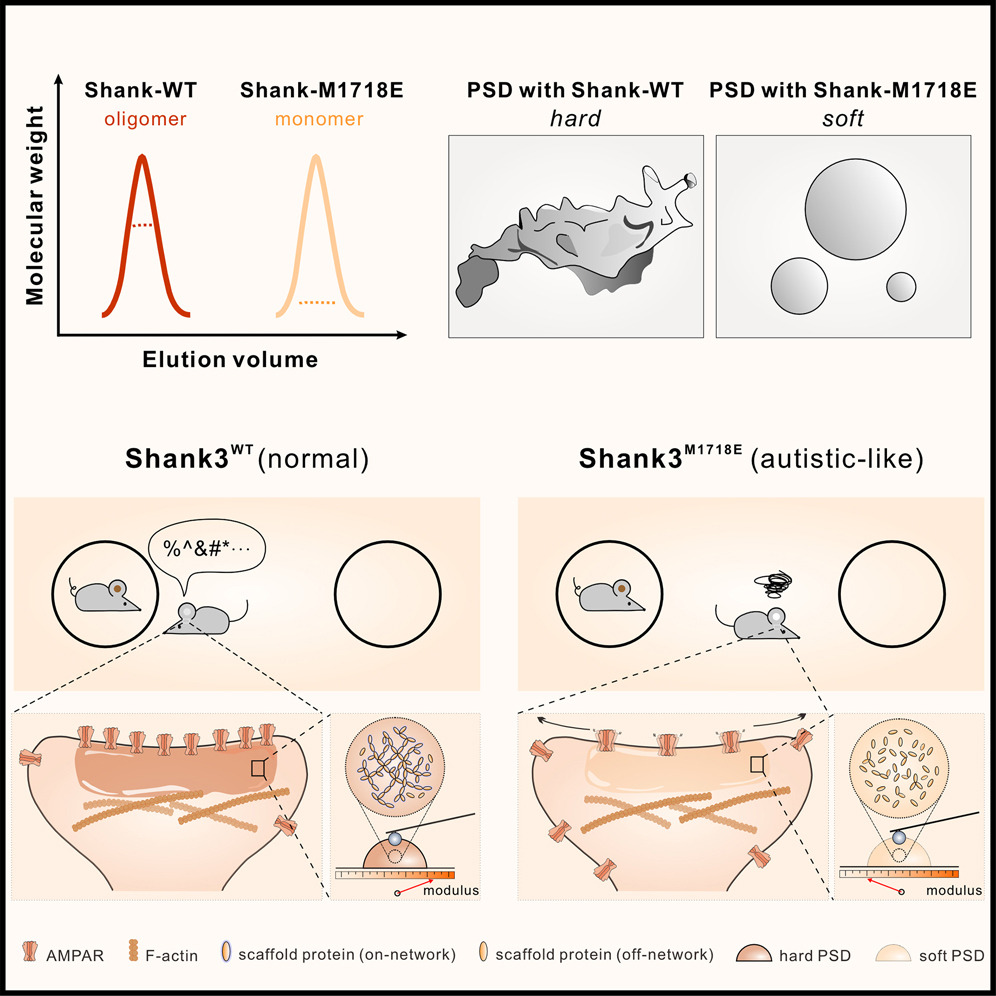Ankyrin-B metabolic syndrome combines age-dependent adiposity with pancreatic β cell insufficiency
2015.07.13Lorenzo, D. N., Healy, J. A., Hostettler, J., Davis, J., Yang, J., Wang, C., Zhang, M., ... & Bennett, V. (2015). The Journal of clinical investigation, 125(8), 3087-3102.
Rare functional variants of ankyrin-B have been implicated in human disease, including hereditary cardiac arrhythmia and type 2 diabetes (T2D). Here, we developed murine models to evaluate the metabolic consequences of these alterations in vivo. Specifically, we generated knockin mice that express either the human ankyrin-B variant R1788W, which is present in 0.3% of North Americans of mixed European descent and is associated with T2D, or L1622I, which is present in 7.5% of African Americans. Young AnkbR1788W/R1788W mice displayed primary pancreatic β cell insufficiency that was characterized by reduced insulin secretion in response to muscarinic agonists, combined with increased peripheral glucose uptake and concomitantly increased plasma membrane localization of glucose transporter 4 (GLUT4) in skeletal muscle and adipocytes. In contrast, older AnkbR1788W/R1788W and AnkbL1622I/L1622I mice developed increased adiposity, a phenotype that was reproduced in cultured adipocytes, and insulin resistance. GLUT4 trafficking was altered in animals expressing mutant forms of ankyrin-B, and we propose that increased cell surface expression of GLUT4 in skeletal muscle and fatty tissue of AnkbR1788W/R1788W mice leads to the observed age-dependent adiposity. Together, our data suggest that ankyrin-B deficiency results in a metabolic syndrome that combines primary pancreatic β cell insufficiency with peripheral insulin resistance and is directly relevant to the nearly one million North Americans bearing the R1788W ankyrin-B variant.
- Recommend
-
2025-10-22
IQSEC2/BRAG1 may modulate postsynaptic density assembly through Ca2+-induced phase separation.
-
2025-08-22

Shank3 oligomerization governs material properties of the postsynaptic density condensate and synaptic plasticity.
-
2025-08-21
Modulating synaptic glutamate receptors by targeting network nodes of the postsynaptic density condensate.
-
2025-08-19
Current practices in the study of biomolecular condensates: a community comment.
-
2025-06-10
Phase separation instead of binding strength determines target specificities of MAGUKs.

